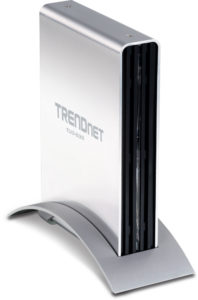Below are some excerpts from The Microsoft Security Intelligence Report. I thought some of the information in it might help in understanding what types of protection are available for computers (that use the Windows disk operating system).
Note that the 64-bit version of Windows 7 is the most secure of the Windows operating systems, for the reasons that I have been stating in defense of Microsoft: third-party developers and manufacturers who do not build to the design specifications requested by Microsoft…risk causing the operating system to be unstable.
===================================
The Microsoft Security Intelligence Report (SIR) focuses on software vulnerabilities, software vulnerability exploits, malicious and potentially unwanted software, and security breaches. Past reports and related resources are available for download at http://www.microsoft.com/sir
Infection rates for the 64-bit versions of Windows Vista and Windows 7 are lower than for the corresponding 32-bit versions of those operating systems….Kernel Patch Protection (KPP), a feature of 64-bit versions of Windows that protects the kernel from unauthorized modification, may also contribute…
Windows Defender is a program that is available at no cost to licensed users of Windows that provides real-time protection against pop-ups, slow performance, and security threats caused by spyware and other potentially unwanted software. Windows Defender runs on more than 100 million computers worldwide.
The Malicious Software Removal Tool (MSRT) is a free tool that Microsoft designed to help identify and remove prevalent malware families from customer computers. MSRT is primarily released as an important update through Windows Update, Microsoft Update, and Automatic Updates. A version of the tool is also available from the Microsoft Download Center…MSRT is not a replacement for an up-to-date antivirus solution…
The Windows Live OneCare safety scanner (http://safety.live.com) is a free online tool that uses the same definition database as the Microsoft desktop anti-malware products to detect and remove malware and potentially unwanted software. The Windows Live OneCare safety scanner is not a replacement for an up-to-date antivirus solution…
Microsoft Security Essentials is a basic, consumer-oriented anti-malware product, offered at no charge to licensed users of Windows, which provides real-time protection against viruses, spyware, and other harmful software.
The SmartScreen filter in Internet Explorer 8 and 9 offers Internet Explorer users protection against phishing sites and sites that host malware…When a user attempts to visit a site in the database with the filter enabled, Internet Explorer displays a warning and blocks navigation to the page.



You must be logged in to post a comment.